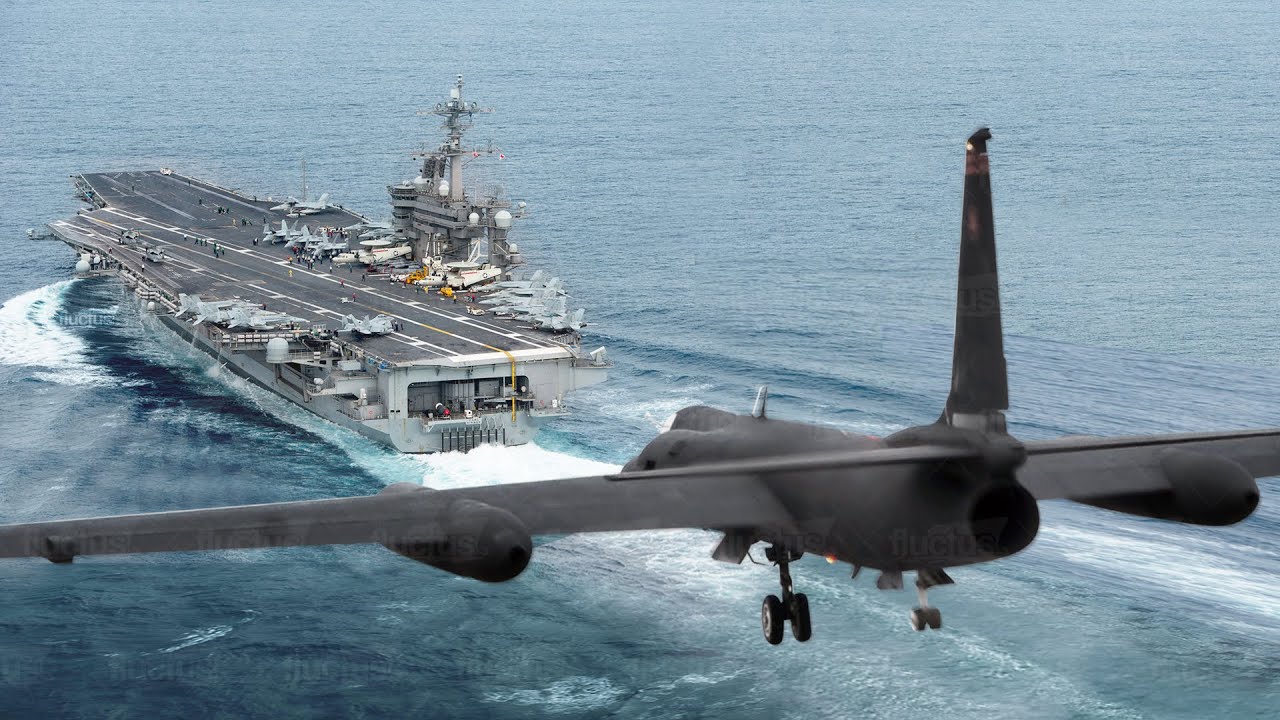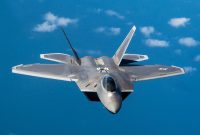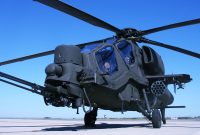US naval vessels and aircraft carriers are protected by a range of defense measures, including radar systems, anti-aircraft missiles, and firearms. When an unmanned aerial vehicle (UAV) approaches these vessels closely, the ship’s crew has established procedures for warning and, if necessary, neutralizing the threat.
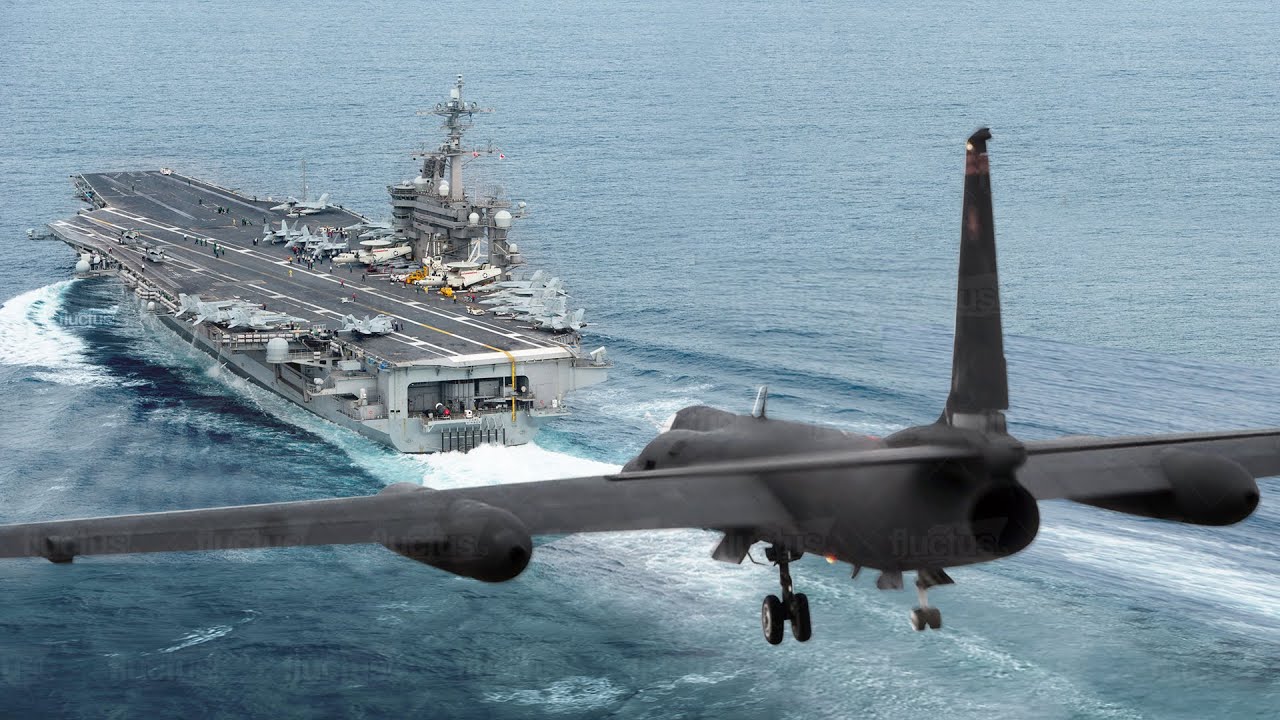
The initial step typically involves issuing a warning over the radio. If the UAV fails to respond to this warning, the crew may resort to firing warning shots. If the UAV continues its approach, the crew may be authorized to engage and neutralize it.
The US Navy possesses several weapon systems that can be employed to neutralize UAVs, including:
Anti-aircraft missiles: These can be used to engage UAVs from a distance, providing an effective means of defense.
Firearms: Naval vessels and aircraft carriers are equipped with firearms that can be utilized to intercept UAV threats.
Directed Energy Weapons: The US Navy is also developing directed energy weapons, such as lasers, which can be used to eliminate UAVs.
In addition to these active defense measures, the US Navy is researching and developing passive countermeasures against UAV threats, including electronic countermeasures to disrupt the control signals of hostile UAVs.
Recent Incidents and Growing Threat
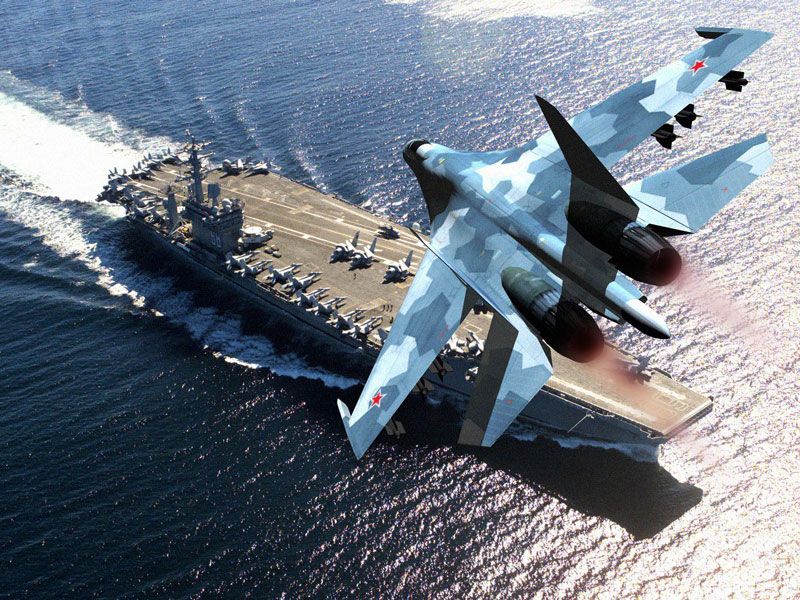
In recent years, there have been several incidents where UAVs approached US naval vessels and aircraft carriers in a concerning manner. In one instance in 2019, a UAV from Iran was shot down by the USS Boxer after it approached the vessel too closely. In another incident in 2021, a US F/A-18 Super Hornet had to take evasive action to avoid colliding with a dangerous UAV from Iran that was operating in close proximity.
These incidents highlight the increasing threat posed by UAVs to US military vessels. The US Navy is taking steps to address this threat, but it is likely to remain a challenge in the years ahead.
Challenges and Future Mitigation
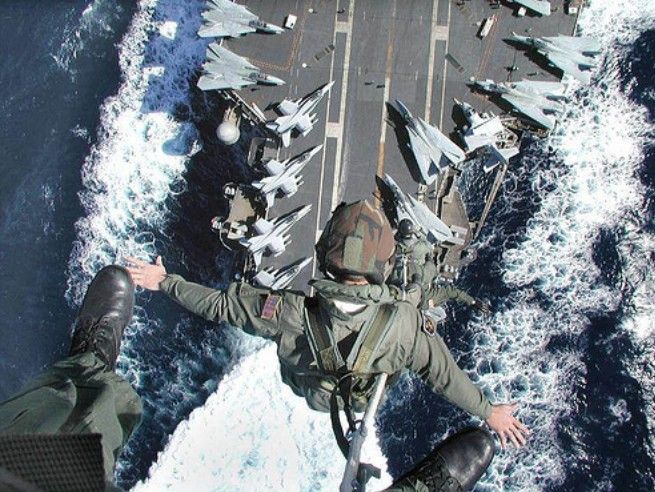
Countering UAV threats presents several challenges. UAVs are often small and agile, making them difficult targets for traditional anti-aircraft systems. They can also be used for various purposes, including intelligence gathering, surveillance, and potential attacks. As a result, the US Navy must adapt its defenses to effectively respond to this evolving threat.
To mitigate this threat, the US Navy is researching advanced anti-UAV technologies, including more accurate and agile directed energy weapons. Electronic countermeasures are being refined to interfere with UAV control systems effectively. Additionally, improved radar and sensor systems are being developed to enhance early threat detection.
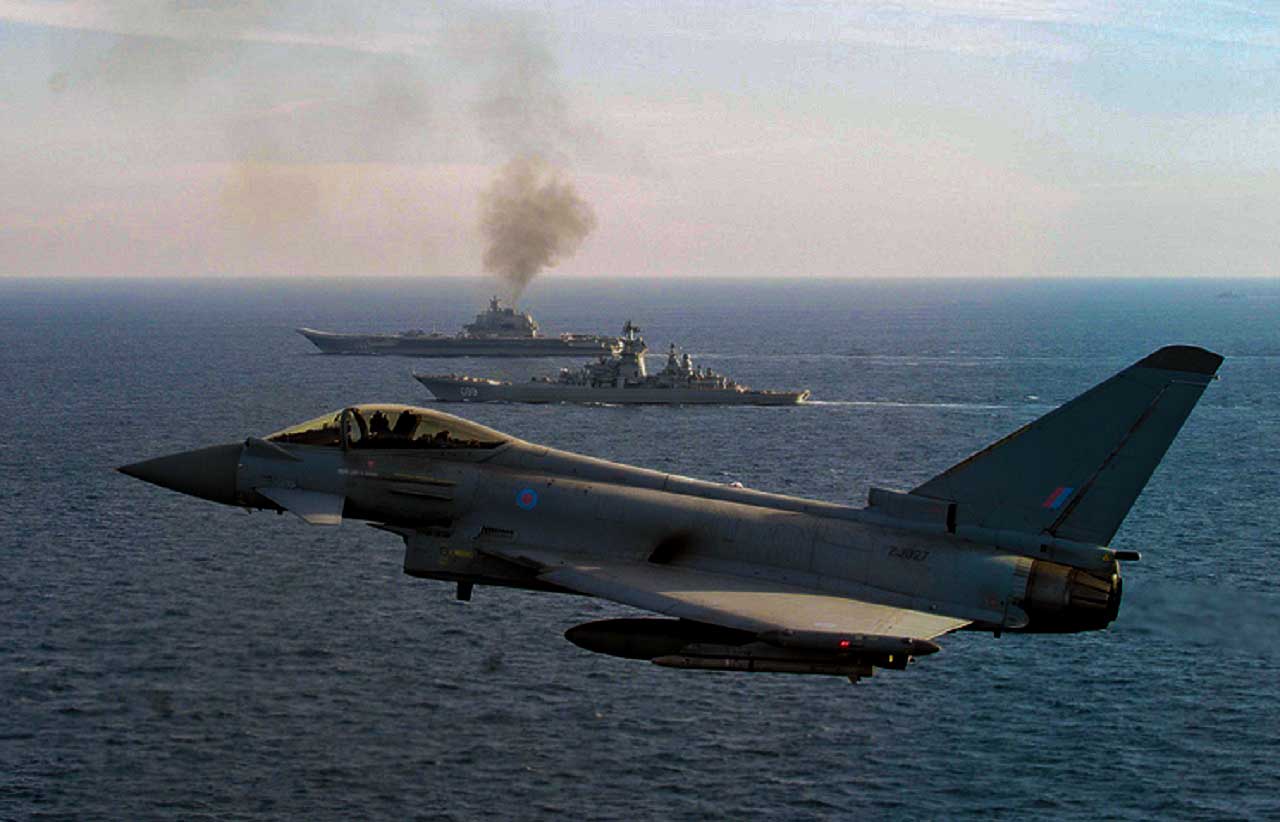
Conclusion
The rising threat of UAVs approaching US naval vessels and aircraft carriers is a significant concern for the US Navy. To address this challenge, the Navy is continuously refining its defense measures and exploring new technologies to effectively counter UAV threats. The protection of its naval assets remains a top priority, ensuring that the US Navy can maintain its operational readiness and security in an increasingly complex and technologically advanced maritime environment.

